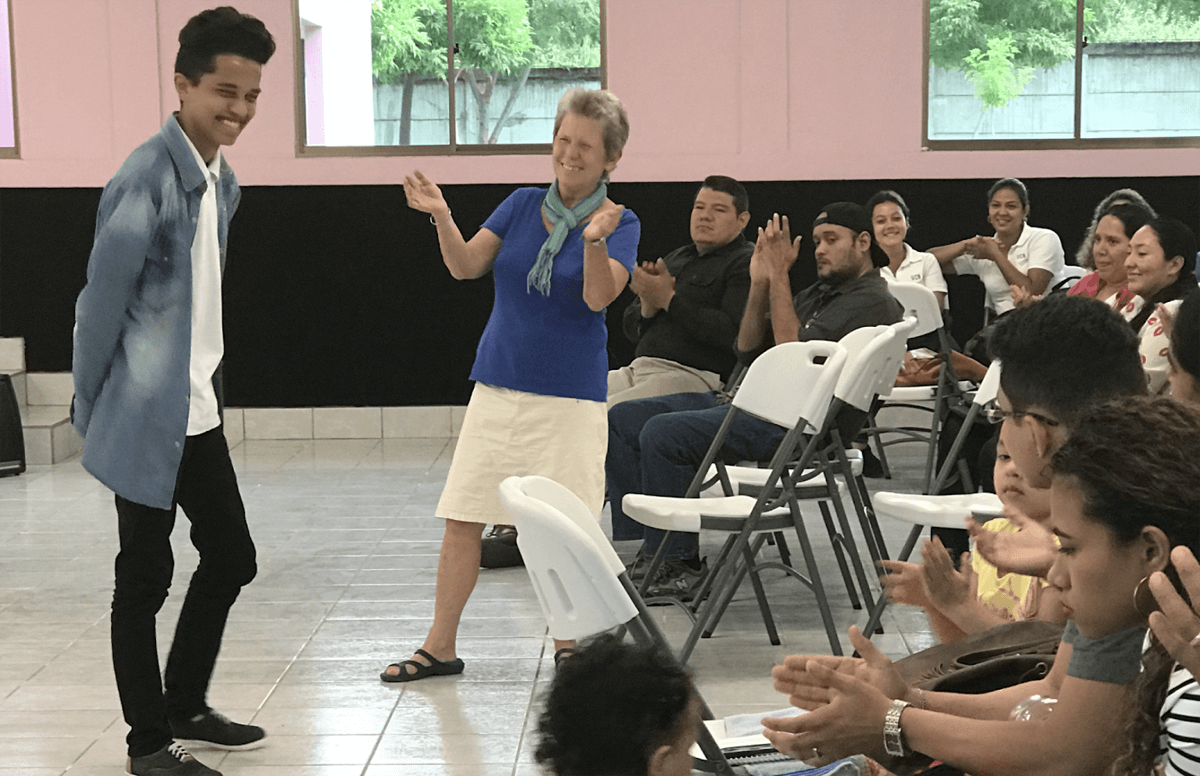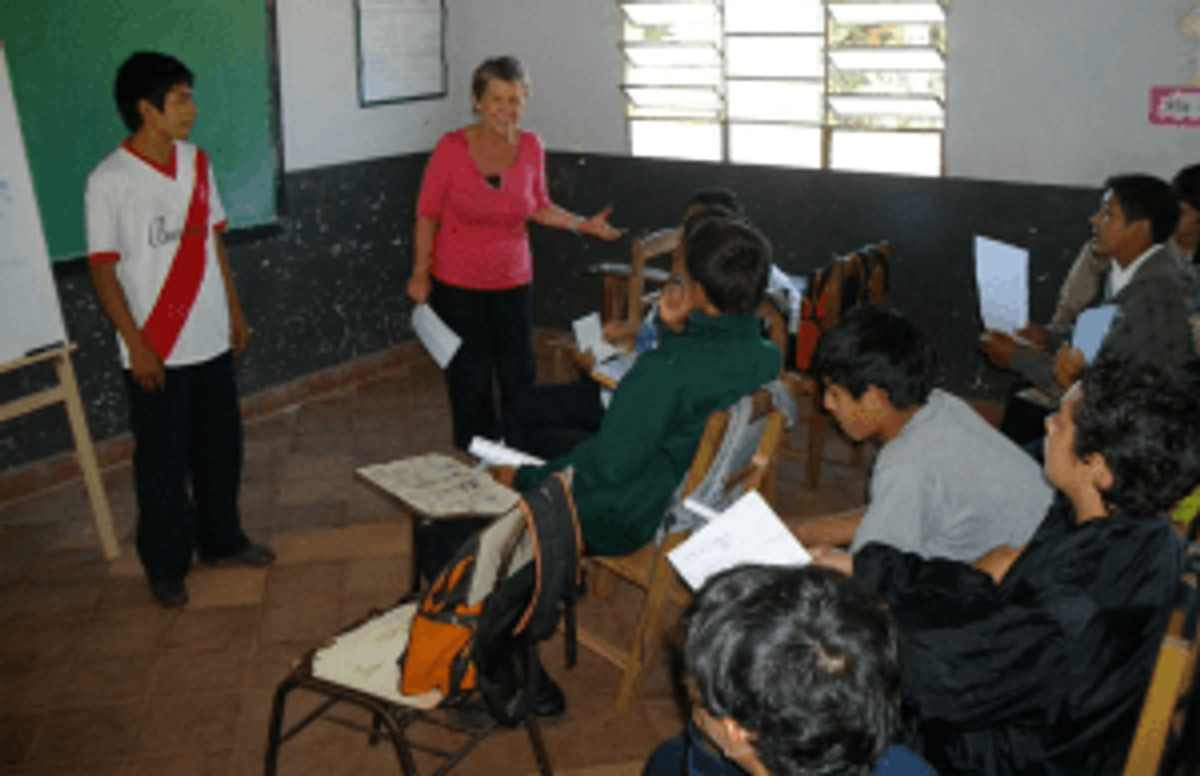How to Volunteer Abroad Without Breaking the Bank
Helping others and broadening perspectives through the Farmer-to-Farmer program
It’s noon on Monday, and I have just completed my first “organizational leadership, teambuilding and recordkeeping” session volunteering with the Sissala Area Tractor Owners Association in Tumu, northern Ghana. The session went well but, as usual, there were surprises.

I knew the group was having trouble getting members to pay dues, and during the mid-morning break I found out why: the treasurer kept no records because he was illiterate and innumerate.
So began my 12-day stint in Ghana. The government program that subsidized my trip, the USAID-based John Ogowski and Doug Bereuter Farmer-to-Farmer program (F2F), contracts with six nonprofits, each taking on a different part of the world, offering assistance to farmers and agricultural communities in emerging economies.
The Farmer-to-Farmer Volunteering Program
Originally, F2F used only volunteer agricultural experts, but in recent years it has expanded to include other professionals. You may qualify if you have expertise in such areas as business development, engineering, technical writing, organizational development, marketing, accounting and finance, grant writing, curriculum development or web design.
F2F has been dubbed a “mini Peace Corps.” Most volunteering assignments last two to three weeks. Airfare, food, housing and other essentials are covered, but amenities are unpredictable. In Ghana, the power went out at least once a day, and both weekends.
The hiring process starts with an overseas association, often a farming cooperative, defining a need that a volunteer can meet. The group then approaches the local USAID-contracted nonprofit and together they hammer out a description of a volunteer assignment, which they then send to the nonprofit’s headquarters in the U.S. Once the assignment is posted on the nonprofit’s website, someone like me sees it and applies. Usually within a month or two, the volunteer embarks on the project.
For a first-time volunteer, getting accepted may take awhile, though. Depending on your skill set and flexibility, it could even take a couple of years before you land an assignment. After one or two assignments, though, it gets much easier, and some volunteers make a career out of it. I have now worked with three nonprofits volunteering abroad; my husband has worked with two.
New Volunteers Are Very Appealing
According to Maria Figueora, F2F recruitment manager for Catholic Relief Services, “USAID actively encourages F2F organizations to pursue volunteers who have never gone out under F2F before, and they track this data. So, new volunteers are very appealing for us. However, they also take longer to prepare and mobilize. So, we have a lot of factors to weigh before deciding.”

No matter how much I prepare at home, the “facts on the ground” never perfectly match the information I’m sent.
In Paraguay, for example, my assignment was to teach leadership skills to three farming cooperatives. But in one community, only a handful of farmers showed up. Hearing I was available, however, the board president’s sister invited me to teach public speaking and leadership skills to her middle-school students. That was not part of the plan, but (of course!) I said yes. And I came away inspired by their energy and enthusiasm.
In Nicaragua, my husband and I discovered that our work period coincided with a two-day national holiday, with no activities planned for us. We convinced our host to schedule a session for business owners on one of our days off, and this unplanned meeting turned out to be the most successful project of our stay. By the time we finished, they had formed the nucleus of a self- coaching group.
On my day off in Uganda, my liaison, Keveen, and I visited the town of Jinja, where Lake Victoria outflows into the Nile. On the way, she told me she had “water phobia,” a common affliction in Uganda. It took all my persuasion powers to convince her to join me on a boat to reach the source of the Nile. Afterwards, she exclaimed, “I am not afraid of water now!”
What I‘ve Learned
I‘ve learned a lot, too.
In Kazakhstan, during a conflict resolution training to a group of female community leaders, I was explaining the term “passive-aggressive.” I said, “Imagine you’re cooking dinner and you’re annoyed because your husband is late. So you ‘accidentally’ burn a bit of the food.” After my comment had been translated into Kazak, one woman responded coolly, “In our country there is little money, and you would never waste food that way.” A lesson.
I took pens as gifts to the tractor owners in Ghana, only to find that most of them couldn’t write. So I said, “This pen is for your child,” hoping their kids had a better chance of being literate.
Beyond the specifics of any particular assignment, our role as volunteers is to serve as positive ambassadors for the U.S.; to try to help and above all, to do no harm. It’s a privilege to have the opportunity to use our skills, work with people we’d never meet otherwise and get a rare glimpse into their day-to-day struggles.
I can’t wait for my next assignment.
For More on F2F
For information on F2F, go to the Farmer-to-Farmer part of the Usaid.gov site.
When checking out the individual nonprofits, look for links such as “Existing Volunteer Opportunities,” “Assignments” or “Work with Us.”

